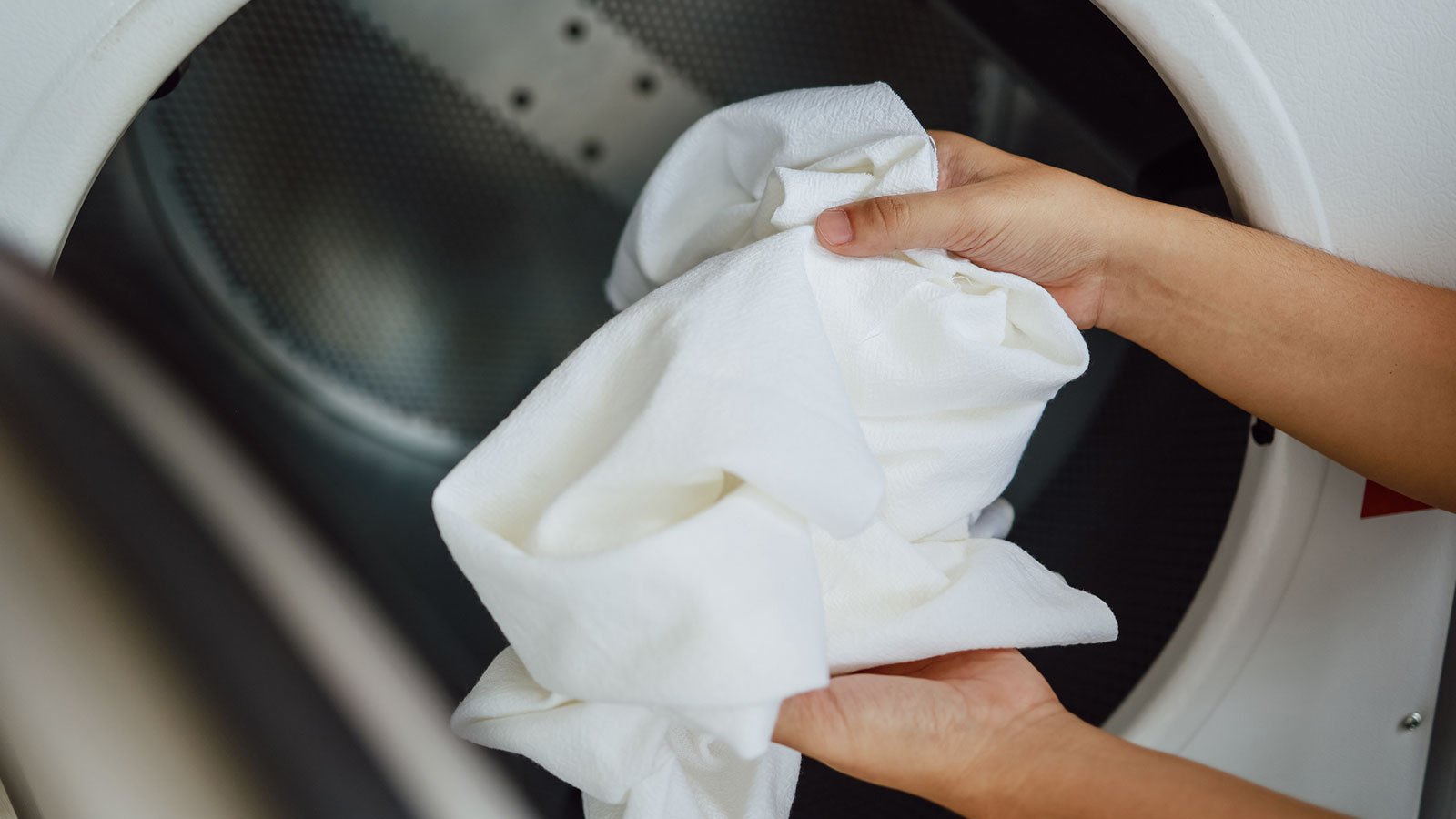Dryer Safety – 7 safety steps for clothes dryers
Clothes dryers are still one of the major causes of house fires in Australia. These steps can reduce your risk…
Winter is clothes dryer season, here are some trips to improver your dryer safety experience. When a dryer’s used correctly they are both convenient & safe. However, clothes dryers are still one of the major causes of house fires in Australia. The Electrical Safety Office (ESO) & Worksafe QLD has these 7 simple to follow safety steps. These steps can reduce your risk of a fire & keep you, your family & home safe.
1 — Keep your dryer exhaust duct as short & straight as possible to improve dryer safety
In addition to creating a fire hazard, if the ducting is too long or has too many bends, it will accumulate lint. This will cause your dryer to take longer than necessary to dry your clothes.
2 — Keep the area clean & free of clutter to improve dryer safety
Make sure the area around your dryer is well ventilated (free of clothes & other items). Clutter can elevate the temperature of the drum & may lead to a fire.
3 — Use only clothes dryer safe fabrics to improve dryer safety
Fabric softeners or similar products that eliminate the effects of static electricity, should only be used in a dryer where it’s recommended by the product manufacturer (pls read the product label). DO NOT put clothes in a dryer that have been previously cleaned, washed, soaked in, or spotted with, flammable or explosive substances.
4 — Clean the lint filter before you use the dryer
Lint build-up can cause a fire by creating an elevated temperature in the drum. Keep the filter, dryer & its surroundings lint-free by cleaning the filter before each use. Regularly vacuum behind, & underneath the dryer & near the vent openings. If clothing is still damp at the end of a typical cycle, or drying requires longer than usual, this may be a sign that the lint filter or the exhaust duct & vent are blocked.
5 — Load your clothes dryer only to its approved capacity
Overloading the dryer prolongs drying time, & can cause serious & expensive long-term damage to the machine.
6 — Only use a dryer if it is in good working order and you have some basic safety systems in place.
DO NOT use the dryer if it is making unusual noises e.g. rubbing or grinding sounds, or if the drying cycle timer is not functioning properly. Have a portable fire extinguisher or fire blanket somewhere you can easily grab it in case of a fire. Install smoke alarms in the same room where you have your clothes dryer, washing machine & chemicals stored.
7 — Let the ‘cool down’ cycle finish to improve dryer safety
Allow the dryer to finish the ‘cool down’ cycle. Then unload all items & spread them out to remove any remaining heat. The ‘cool down’ cycle, lowers the temperature of the drying clothes & reduces the risk of hot clothes in the drum igniting. Avoid removing clothes from the dryer, piling or stacking them while still hot. If you must stop a dryer during the drying cycle or before the ‘cool down’ cycle is finished, ensure items are removed & aired, to quickly disperse the heat.
Electrical Embassy’s suggested additional steps:
Don’t overload PowerPoints.
Have your appliances tested & tagged.
Make sure that your clothes dryer is located in an area that has proper ventilation & airflow.
Always turn off your dryer before you leave the house.
Have a portable fire extinguisher or fire blanket somewhere you can easily grab it in case of a fire.
Install smoke alarms in the same room where you have your clothes dryer, washing machine & chemicals stored.
Have a designated fire exit in the room.

